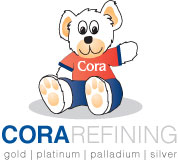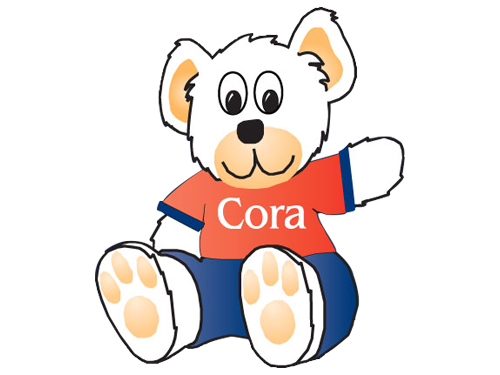At Cora Refining we pride ourselves on providing our customers an unbeatable refining experience for their dental scrap. In order to separate, identify and quantify certain valuable substances from metal scrap, such as palladium, one method we use here at Cora Refining is gravimetric precipitation. While fire assay is considered the best method for extracting many noble metals, such as gold, palladium extraction is best through gravimetric precipitation. But how exactly is your dental scrap being refined? What exactly is gravimetric precipitation and how is it done?
Explaining the “Gravimetric Precipitation” Process
The quantitative determination of a substance such as palladium is discovered through the measurement of its mass, defined as “gravimetric analysis.” This is done after the substance has been precipitated. The first step in this method of dental refining is the isolation of an ion by suspending the material in a solution. Then the precipitation reaction takes place, followed by the filtering out of materials, washing the precipitate free of contaminates, and conserving the product or “composition.”
Aspects of Optimizing the Gravimetric Process
The best results from the gravimetric precipitation process are generated when we encourage large particles to be formed. These large particles when washed out in the final process will provide for purer results, rather than many small particles, due to the nature of the gravimetric process as used in refining. Particle size is determined by: precipitate solubility, temperature reactant concentrations, and the rate the reactants are mixed. Crystalline suspension is sought after when processing materials by gravimetric precipitation. Crystalline suspension occurs when supersaturation is low. When supersaturation is low, a small number of large particles are formed, as opposed to when supersaturation is high and a large number of small particles are formed. Encouraging chemical reactions is how we can optimize the metal refining process for you here in our lab. But how can you optimize your profits from dental scrap on your end? Check out our recent post on increasing your dental scrap-to-allow ratio.
What are the Benefits of the Gravimetric Precipitation Method?
This metal refining process allows for many small particles of dental scrap to be refined, as the chemical reactions that occur within gravimetric precipitation encourage the particles to join together in a saturated solution. This means that you get more cash for your dental scraps as less is discarded and each tiny particle adds up to a lot of profitable metal.

